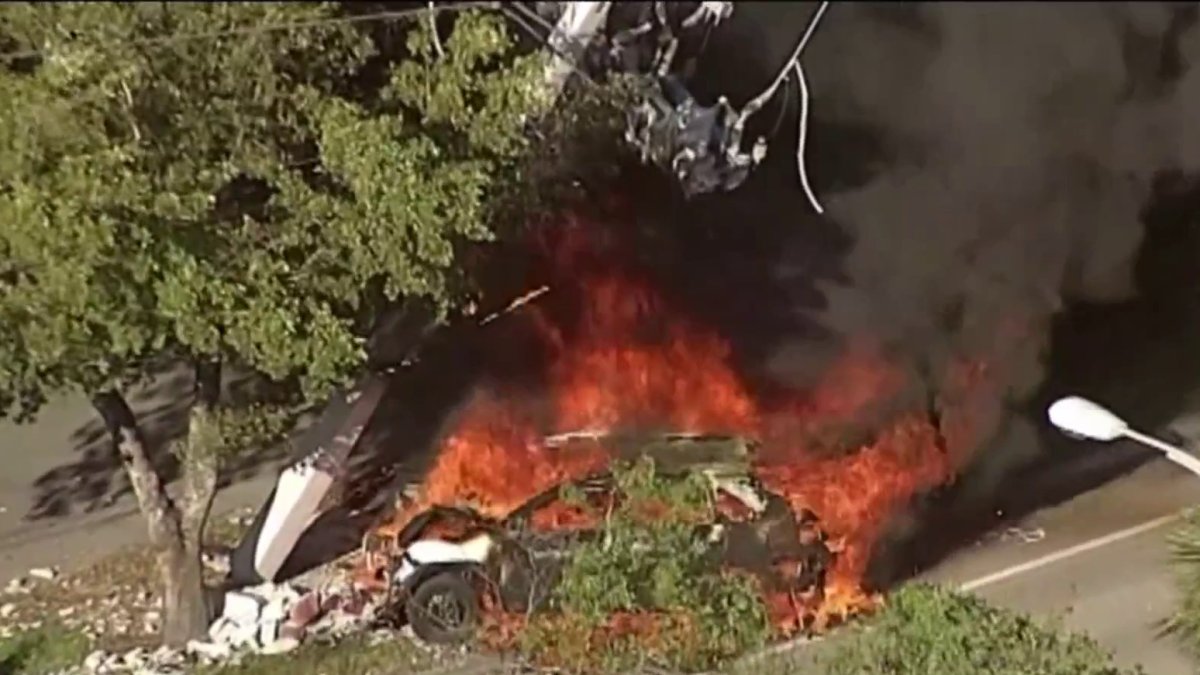From an Apple Watch, to a mobile phone, to an electric vehicle, to headphones: they all have batteries as a common element. Sometimes things as simple as using the wrong charger can be dangerous.
At the Miami Dade Fire Training Center, specialists presented this simulation to insurance company investigators. They also sought to convey an important message to the public about the proper handling of lithium batteries.
Today they were put on the overcharge and heat limit “so that all researchers can see how batteries work and understand what happens when these batteries ignite, and how much water is needed to put out those fires.” They must not use any charger. Second: They need to be careful how they use their tablets or devices. If they are dropped or damaged, this can increase the risk of this battery catching fire.
Special mention for the vehicles: the one used is a training model, hypothetically electric. Batteries, highly flammable.
“It is necessary to put out the fire in a gasoline vehicle, about 300 gallons of water. For an electric vehicle, you need about 10,000 gallons now.
In the context of severe flooding in South Florida these days, a special message has also been sent to drivers of electric vehicles.
Miami Dade Fire Lt. Mike Adams
“The batteries were not designed to withstand flooding. Water can cause failures in any type of device. This doesn’t necessarily mean that every electric vehicle caught in a flood will catch fire, but it does increase the chances of it happening,” says Lt. Adams.
“I would advise owners of electric vehicles who have been stranded in flooding to check with their companies to confirm their cars are safe before starting them.”
The Bottom Line: Whenever you have questions about device charging procedures or resolving any type of irregularity, don’t guess or assume, consult the manufacturer.

